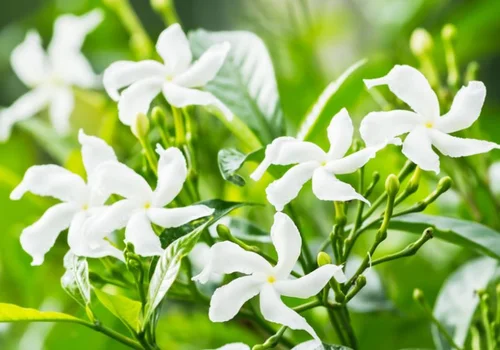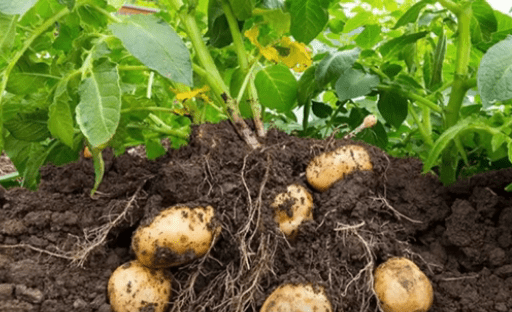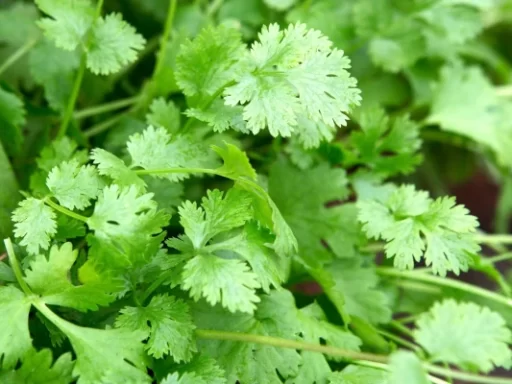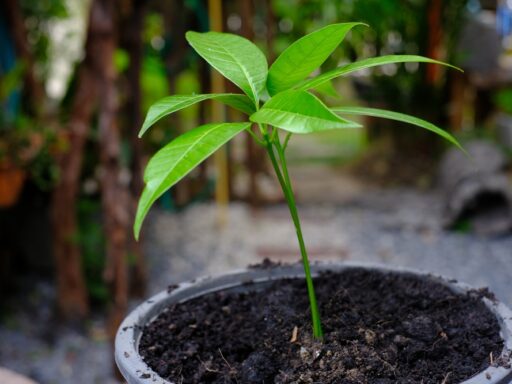Farming and tree planting play crucial roles in improving the environment and creating better living conditions. Many beginners in agriculture face challenges that could be easily avoided if they knew a few essential tips. Today, we’ll explore key insights into effective tree planting and fertilization, providing guidance that every aspiring farmer or gardener should be aware of.
1. The Cooling Effect of Trees in Hot Weather
During hot weather, trees significantly reduce the temperature of their surroundings. Scientific studies have consistently shown that the area beneath a tree is cooler than the surrounding areas exposed to direct sunlight. In urban areas, where asphalt covers much of the ground, heat is absorbed and radiated back into the environment, making the streets feel like an oven. However, trees provide shade that helps lower the temperature of the surrounding air and ground. Planting trees along roadsides and in front of homes can create cooler and more comfortable neighborhoods.
If each household planted just two trees in front of their home, the impact on reducing heat in cities and towns would be significant. The humidity and shade provided by trees create a more pleasant environment, with differences in temperature as high as 10 degrees Celsius between shaded areas and those exposed to direct sunlight. Certain trees are particularly effective for this purpose, such as Acacia, Poinciana, and Ficus. These species not only provide much-needed shade but also release oxygen and improve air quality.
2. Choosing the Right Trees for Heat Tolerance
When selecting trees for planting in hot climates, it’s essential to choose species that can tolerate high temperatures. Acacia species, especially the red and yellow varieties, thrive in extreme heat and are highly resilient. They are commonly planted in areas like Iraq and Jordan due to their ability to withstand the harsh climate. Another great option is Poinciana, which produces stunning flowers that attract birds, adding beauty to any garden.
Additionally, the Ficus family, including varieties like Ficus benjamina and Ficus nitida, are robust, heat-tolerant trees that grow into large, shady structures when planted in the ground. These trees create extensive shade, cooling the area underneath them and making them ideal for urban and residential spaces.
3. Understanding Fertilizers: A Simple Guide for Beginners
Fertilizers are critical to ensuring plant growth and health. However, many people find it challenging to understand how to use them effectively. Fertilizers are classified into three main types: single-element fertilizers like urea and ammonia, dual-element fertilizers such as MKP and DAP, and triple-element fertilizers, which are the most commonly used.
For beginners, the best option is to use balanced fertilizers like 20-20-20, which contain equal amounts of nitrogen, phosphorus, and potassium. This type of fertilizer provides a steady supply of all the essential nutrients plants need for healthy growth. Nitrogen supports leafy growth, phosphorus promotes root and flower development, and potassium is crucial for fruiting and overall plant health.
It’s essential to avoid using specialized fertilizers that contain high levels of one element unless you have a specific reason to do so. For example, fertilizers high in phosphorus are beneficial during the early stages of a plant’s growth when root development is most important. On the other hand, potassium becomes more critical as the plant matures, helping to increase fruit size and quality.
4. The Right Time to Use Urea
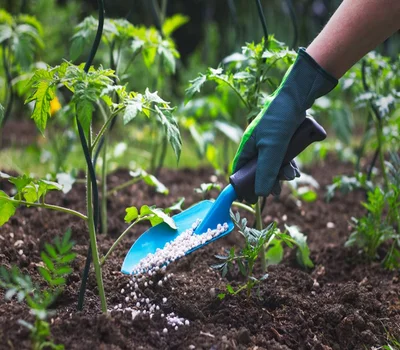
One common mistake that many beginners make is using urea during the winter. Urea is a nitrogen-rich fertilizer that needs heat to activate. If applied in cold weather, it will not decompose properly and can even harm the plant. Urea should only be used during warm weather when it can absorb heat from the air and break down efficiently.
To test this, you can put a small amount of urea in your hand and add water. You’ll notice it turns cold as it reacts, showing that it absorbs heat from its surroundings. This is why it’s critical to use urea during summer and avoid it in the winter when the temperature is too low for the reaction to occur.
5. Planting in Sustainable Soil vs. Pots
Planting directly in the ground provides plants with access to natural water sources and better-growing conditions. Plants grow faster and healthier in sustainable soil than in pots. However, growing plants in pots requires more attention, especially when it comes to watering. Overwatering can cause root rot, while underwatering can stunt growth. Therefore, it’s essential to understand the specific needs of each plant and monitor the soil moisture closely.
For beginners, it’s normal to lose a few plants before mastering the art of pot gardening. The key is to learn from each experience and eventually transfer plants that struggle in pots into the ground for better results.
Conclusion
Whether you are a seasoned gardener or just starting, the principles of tree planting, fertilization, and sustainable agriculture are essential for success. By choosing the right trees, understanding how to use fertilizers properly, and planting in the right environment, you can create a thriving garden that benefits both you and the environment.

